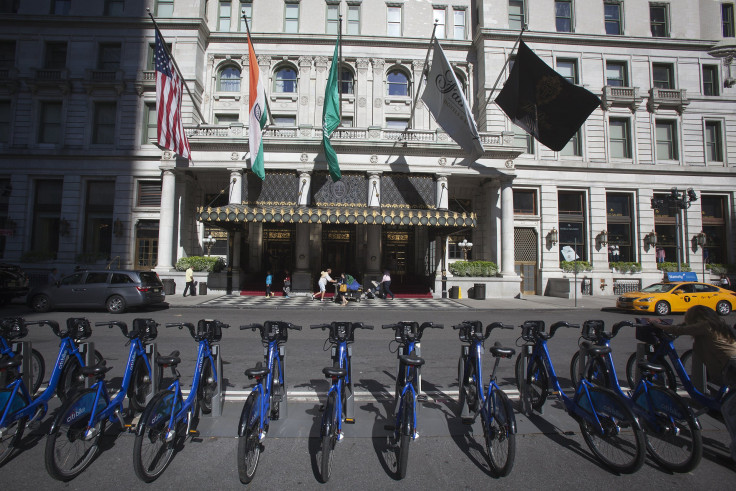Beyond The Spin: Do More Bikers Mean More Bike Fatalities?

The Governors Highway Safety Association wants to put a surge in bicycle-related deaths into context.
Earlier this week, the group published a report on bicycle safety cataloguing the fatalities from biking for the years 2010 to 2012. Though these deaths increased by 16 percent in that period, the authors of the report are quick to emphasize that these numbers have been in an overall decline since the 1970s.
So if overall deaths are on the decline, what caused the spike? The GHSA theorizes that the answer could be as simple as “more bikers.”
“To the extent encouragement of bicycling is successful, exposure and fatalities are likely to continue to increase,” wrote the report’s authors, who highlighted the tension between the biking community’s pride in its “green” and “environmentally sound” mode of transportation over any negative labels that suggest that biking is a risky, even deadly activity.
“It’s a difficult balance to strike,” said Josh Benson, director of the Bicycle and Pedestrian Projects at New York City Department of Transportation. Benson’s team of designers and engineers believes that more bikers on the road is actually the key to decreasing fatalities: “The more cyclists, the lower the risk.”
If that sounds like cycle spin to you, think about it this way: If motorists become more accustomed to navigating alongside cyclists, each group will learn what to expect from the other.
One of the greatest assets of Benson’s team is that many are avid cyclists themselves. This helps them have the expertise to recognize when design tweaks are needed for NYC’s bike lanes--all 600 miles of them. But to supplement the agency's own observations, it invites cyclists to submit complaints through its website and social media.
The state of New York, considered a “high population [state] with many urban centers” by the GHSA report, had the fourth greatest number of bicyclist deaths after California, Florida, and Texas. They also had one of the highest rates of motor vehicle-related deaths involving a bicycle -- 3.9 percent (the most was 5 percent, the least under 1 percent).
In urban areas, which accounted for 69 percent of bicycle deaths (up 19 percent from the mid-1970s), 37 percent of the deaths occur at intersections.
“Intersections are where the action is,” says Benson. His team employs one of its most heavy-handed safety measures at particularly bad intersections, through signal phasing. Traffic signals are staggered to allow bikes to go through before traffic. The delay, Benson says, is worth it.
A biker himself, Benson understands that city planning can only do so much. “[It’s] not only an engineering challenge; there’s a personal-responsibility aspect to it.” But contrary to the report’s insinuation that more cyclists equates to more fatalities, he’s adamant that “encouraging more people to cycle is absolutely the right thing to do.”
Editor's note: A previous version of this article stated that NYC currently has 200 miles of bike lanes, there have actually been 200 bike lane miles built in the last three years bringing the total to 600.
© Copyright IBTimes 2025. All rights reserved.






















